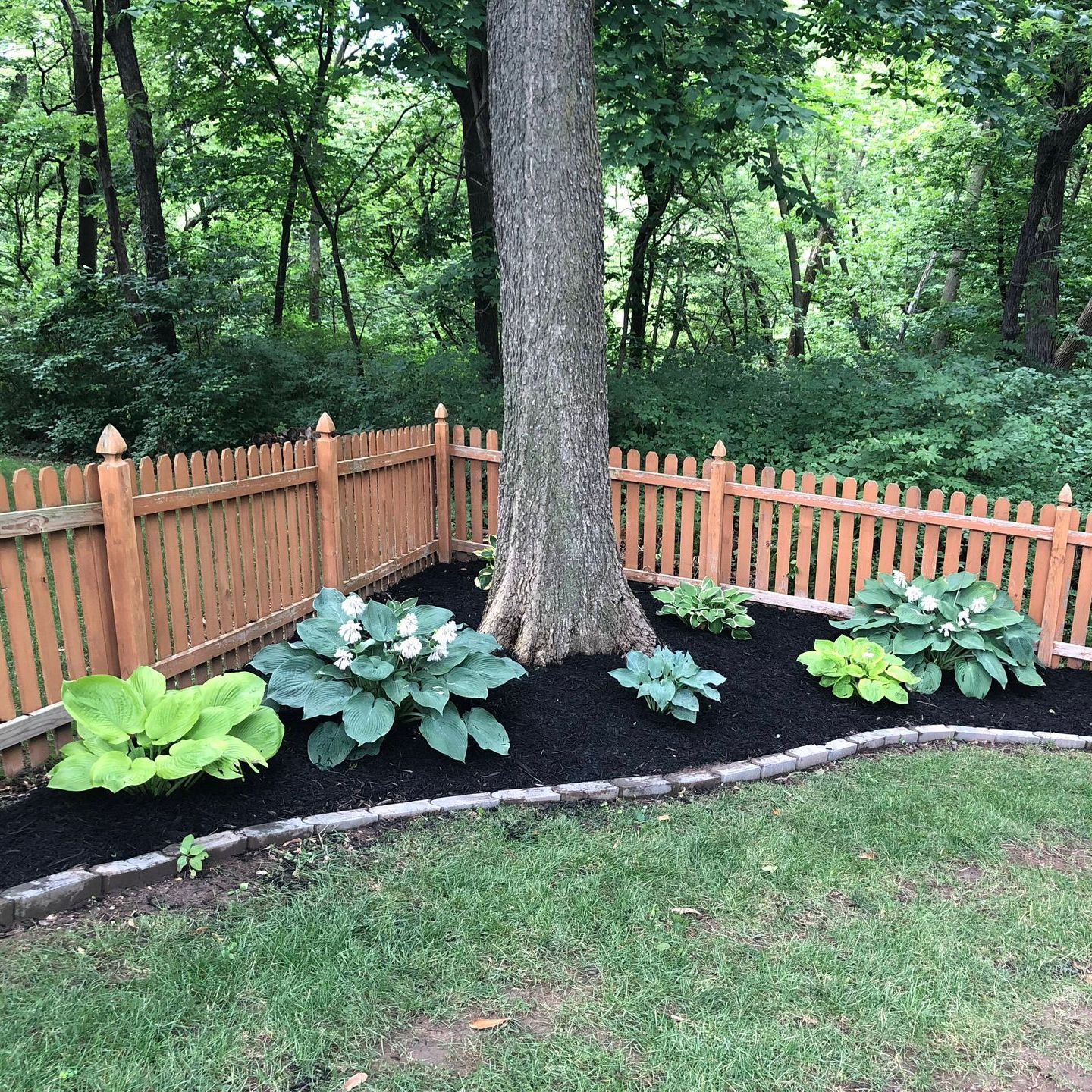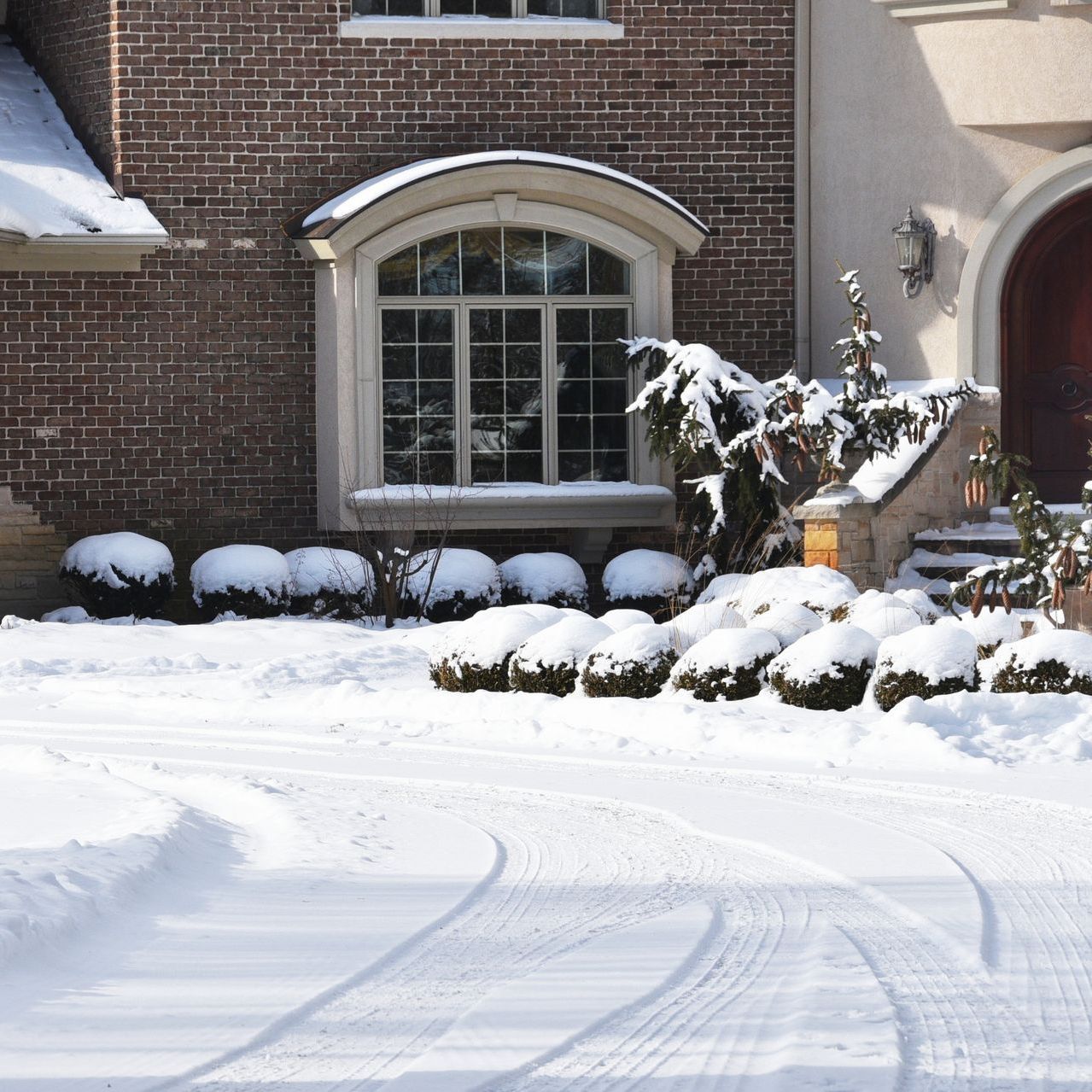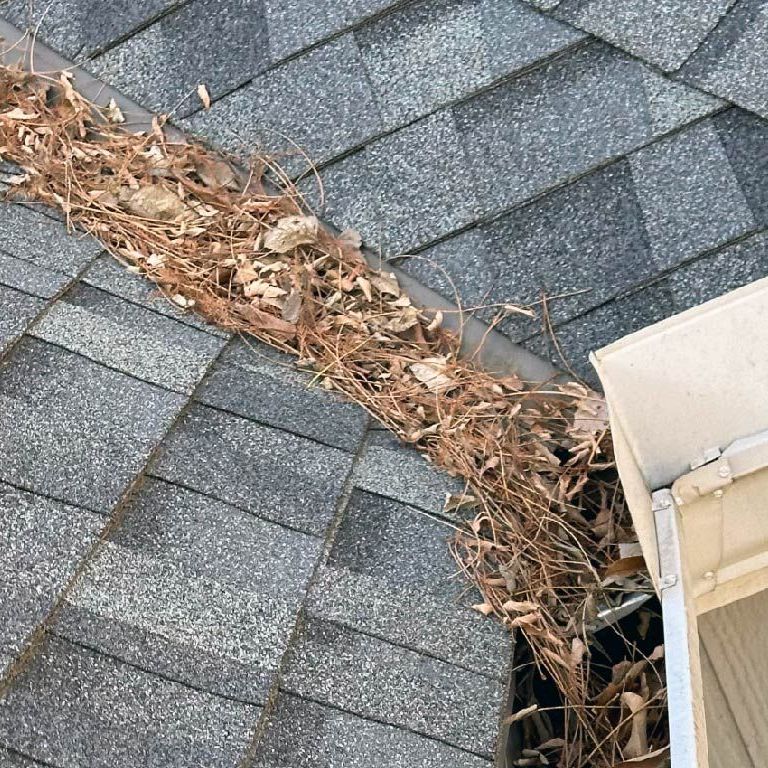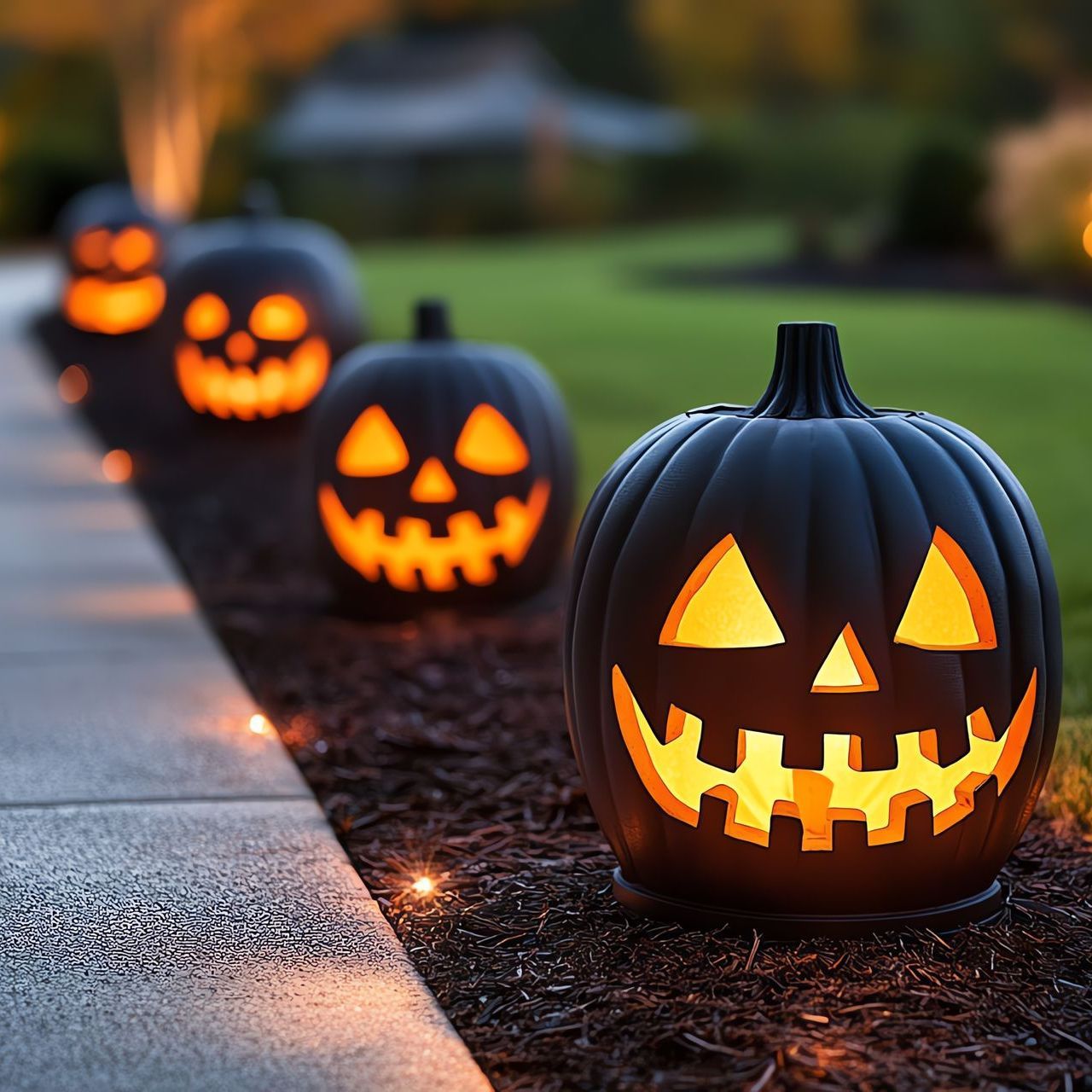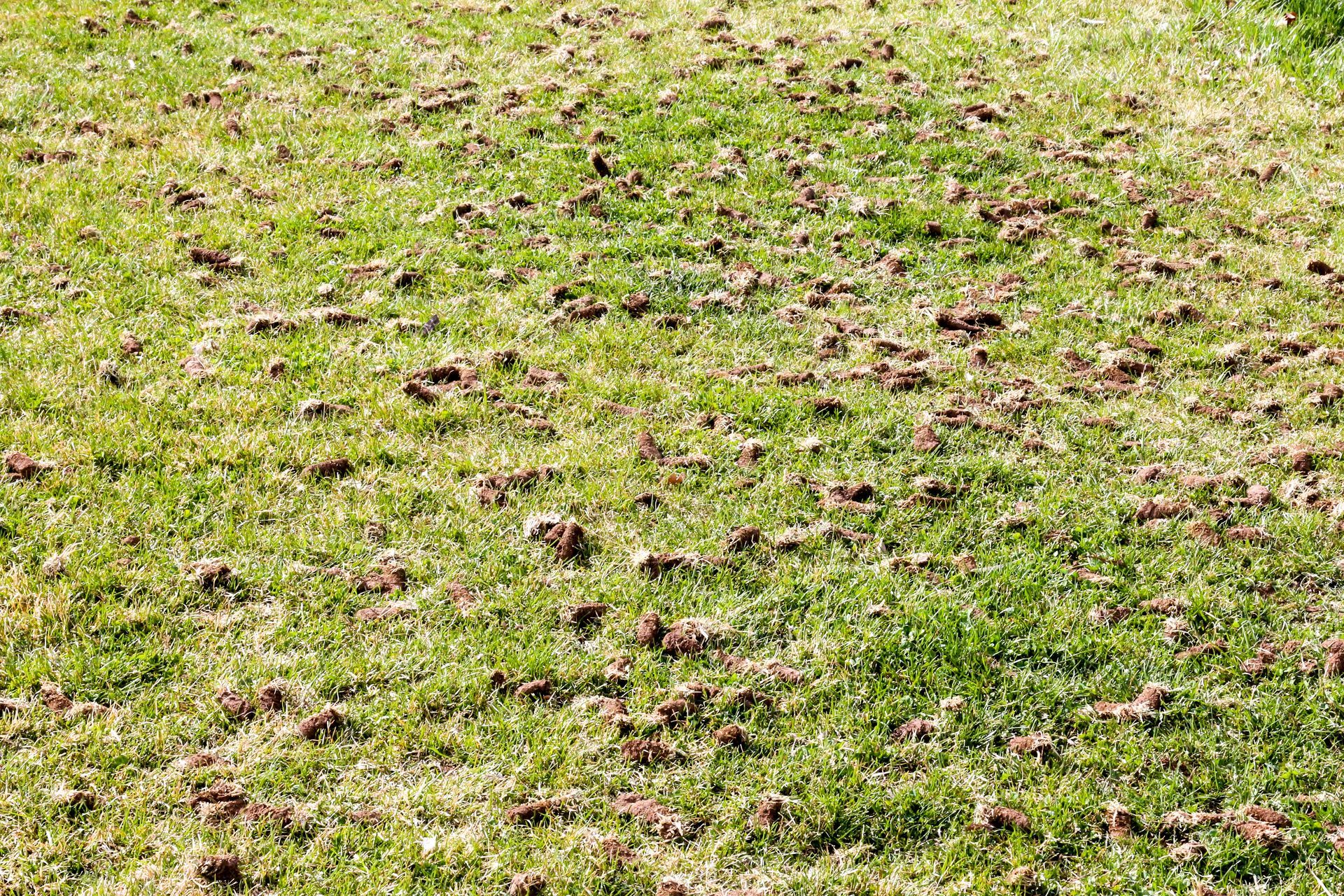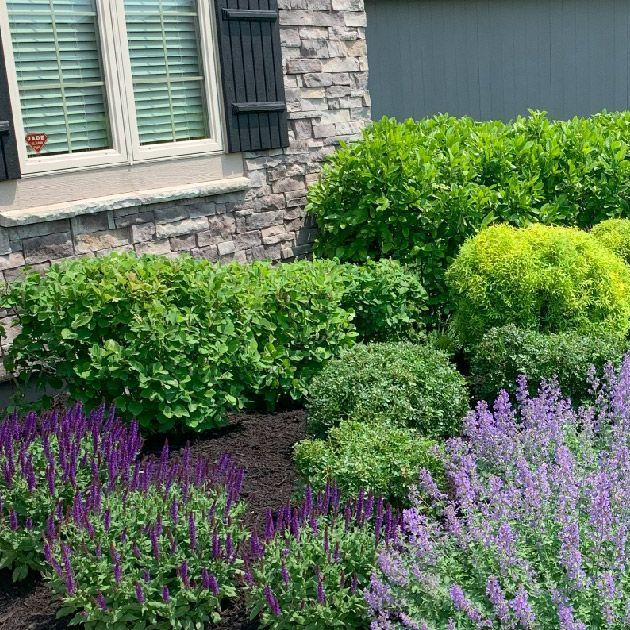Protecting Missouri's Green Giants from Tree Diseases
Missouri is renowned for its lush, diverse forests that provide shade, improve air quality, and offer a scenic backdrop to everyday life. From the stately oaks to the charming elms, trees are an integral part of Missouri's natural beauty and ecosystem. However, these green giants are under constant threat from various tree diseases. Understanding these threats and knowing how to combat them is crucial for homeowners, gardeners, and nature enthusiasts alike. In this guide, we'll break down common tree diseases in Missouri, explain how to identify them early, and share eco-friendly remedies to keep your trees healthy.
The Importance of Trees in Missouri's Landscape
Trees as Ecological Pillars:
Trees are more than just aesthetic features in your yard or local park. They play a pivotal role in supporting wildlife, providing oxygen, and maintaining soil health. Without trees, our environment would suffer significantly, impacting everything from the local wildlife to our own health.
The Threat of Tree Diseases:
Tree diseases can spread rapidly, weakening and killing trees if not addressed promptly. These diseases not only threaten the trees themselves but also the broader ecosystem. They can lead to loss of habitat, reduced air quality, and even increased erosion. Understanding these threats helps us take proactive steps to protect our environment.
Why This Guide Matters:
This guide aims to equip you with the knowledge needed to identify, prevent, and treat common tree diseases in Missouri. By following these practices, you can help maintain the health and beauty of your trees, ensuring they continue to benefit the environment for years to come.
Common Tree Diseases in Missouri
Oak Wilt
- Overview: Oak Wilt is one of the most destructive tree diseases affecting oak trees in Missouri. This fungal disease spreads through the water-conducting vessels of the tree, causing leaves to wilt and eventually killing the tree.
- Identification and Symptoms: The first sign of Oak Wilt is wilting leaves that turn brown from the edges inward. You'll commonly see this on the top of the tree first. Additionally, dark streaks can appear under the bark, which is a telltale sign of this disease.
- Treatment and Prevention: Preventing Oak Wilt involves avoiding pruning oak trees during the growing season, as open wounds attract beetles that spread the fungus. If infected, the best course of action is to remove the affected tree to prevent the disease from spreading.
Dutch Elm Disease
- Overview: Dutch Elm Disease (DED) is another severe fungal disease that affects elm trees. Spread by bark beetles, this disease can decimate entire elm populations if left unchecked.
- Identification and Symptoms: Look for yellowing and wilting leaves starting from the top of the tree. Another sign is brown streaks in the wood beneath the bark. These symptoms typically present themselves in spring and summer.
- Treatment and Prevention: Prevent DED by regularly inspecting trees for signs of beetle activity and removing infected branches. Fungicides can also be injected into the tree as a preventative measure, though this is often expensive and labor-intensive.
Anthracnose
- Overview: Anthracnose affects a variety of trees, including sycamores, oaks, and maples. This disease causes irregular leaf spots and blotches, leading to premature leaf drop.
- Identification and Symptoms: Anthracnose is identified by brown or black lesions on leaves and stems. In severe cases, it can cause cankers on the branches and trunk, leading to significant dieback.
- Treatment and Prevention: The best way to manage Anthracnose is through proper tree care. Ensure your trees are well-watered and fertilized, and prune any infected areas. Fungicides can be used, but maintaining tree health is the most effective prevention.
Early Detection Methods
Regular Inspections:
Regularly inspecting your trees is key to early disease detection. Look for signs of distress such as discolored leaves, unusual growths, or bark abnormalities.
Soil Testing:
Healthy soil is critical for tree health. Conduct soil tests to check for nutrient deficiencies or imbalances that could make trees more susceptible to diseases.
Professional Assessments:
Consulting with a certified arborist can provide you with expert insights. They can diagnose problems early and recommend effective treatments to keep your trees healthy.
Eco-Friendly Remedies and Best Practices
Natural Predators:
Introduce natural predators to your garden to control pest populations. Ladybugs, for example, can help manage aphid populations, which in turn keeps your trees healthier.
Organic Treatments:
Use organic fungicides and insecticides to treat and prevent tree diseases. Neem oil and copper sprays are effective and environmentally friendly options.
Proper Pruning Techniques:
Prune your trees during the dormant season to prevent the spread of diseases. Always sterilize your tools between cuts to avoid transferring pathogens from one tree to another.
The Path Forward
Protecting Missouri's trees requires a collective effort. By staying informed and proactive, you can help safeguard these green giants for future generations.
Summarizing Key Points:
Tree diseases pose a significant threat to Missouri's landscape. Understanding these diseases, identifying them early, and implementing eco-friendly treatments are crucial steps in maintaining tree health.
Taking Action:
Don't wait for disease to strike. Start inspecting your trees regularly, invest in healthy soil, and consult professionals when needed. Your efforts can make a significant difference.
Further Resources:
For more information, consider reaching out to local arborists or visiting authoritative websites like the Missouri Department of Conservation. Protecting your trees is an investment in the environment and your property value.
By following these guidelines and taking proactive steps, you can ensure that Missouri's trees continue to thrive, providing beauty and ecological benefits for years to come. And as always, you can always call us at 816-323-8173!
